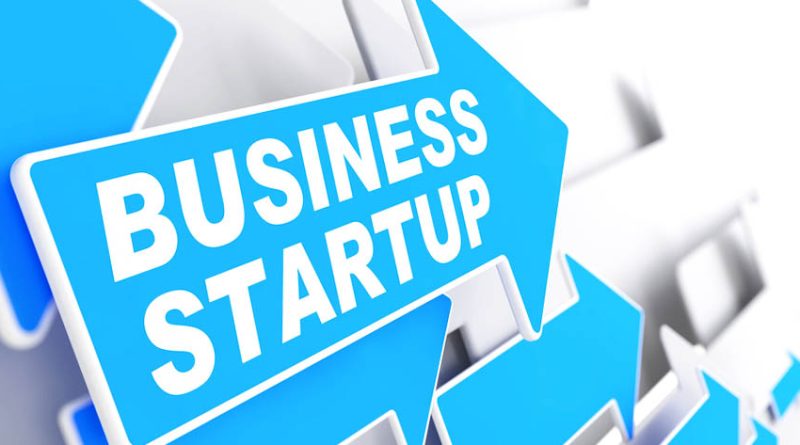Understanding the Four Pillars of Startup Risks
Embarking on an entrepreneurial journey is akin to navigating uncharted waters. As a startupper or young entrepreneur, understanding the risks involved is crucial for a successful voyage.
In this write up , we’ll explore the four main risks every entrepreneur should assess: Value Risk, Usability Risk, Technical Feasibility Risk, and Business Viability Risk.
Value Risk: The Customer Compass
Will customers buy your product? This is the fundamental question at the heart of Value Risk. It’s essential to validate your product’s market fit and ensure that it addresses a genuine need. Conduct market research, gather feedback, and pivot if necessary to align your product with customer desires.
Usability Risk: Charting the User Experience
A product’s success isn’t just about its existence; it’s about its ease of use. Usability Risk assesses whether users can intuitively navigate your product. User testing and UX/UI design play pivotal roles in mitigating this risk, ensuring that your product isn’t just functional but user-friendly.
Technical Feasibility Risk: Building the Vessel
Can your product be built effectively with the current technology and resources? Technical Feasibility Risk involves evaluating the practical aspects of product development. Collaborate with engineers and developers to ensure that your vision is technically attainable within budget and time constraints.
Business Viability Risk: Sailing with Support
Even the most innovative products need robust marketing, sales, and legal frameworks to thrive. Business Viability Risk looks at whether your business model is sustainable and if your teams are equipped to support the product’s lifecycle. Strategic planning and cross-functional teamwork are your allies here.
Before you set sail on the product development journey, assess these risks thoroughly. Avoid forcing a product into the market without a clear strategy for value delivery. Remember, a well-navigated startup journey can lead to unexplored territories of success.
As you embark on your entrepreneurial quest, keep these risks in check. They are not just obstacles but opportunities to refine your product and business strategy. Stay informed, stay persuasive, and above all, stay professional.
Risk to Consider as a Startupper or Young Entrepreneur
As a startupper or young entrepreneur, venturing into the business world can be both exhilarating and daunting. One of the critical aspects of ensuring your startup’s success is understanding and mitigating the various risks that come with developing and launching a product. Here are the main business risks to consider:
- Value Risk: Will Customers Buy the Product?
Before you invest time and resources into developing a product, it’s essential to assess whether there is a genuine market need for it. Value risk pertains to the uncertainty of whether customers will perceive enough value in your product to make a purchase. Conduct thorough market research, validate your product idea with potential customers, and ensure that your offering addresses a real pain point or need. Ignoring value risk can lead to wasted resources and a product that fails to attract buyers.
- Usability Risk: Will Users Understand How to Use It?
Even if your product offers significant value, it must be user-friendly. Usability risk involves the possibility that users may struggle to understand or use your product effectively. A complicated or confusing user experience can deter customers, leading to poor adoption rates and negative reviews. To mitigate usability risk, prioritize user-centered design, conduct usability testing, and gather feedback from real users throughout the development process.
- Technical Feasibility Risk: Can It Be Built Effectively?
Having a groundbreaking idea is just the beginning; bringing it to life requires technical expertise and resources. Technical feasibility risk refers to the challenges associated with building and scaling your product. It’s crucial to assess whether your team has the necessary skills, technology, and infrastructure to develop the product efficiently. Address potential technical hurdles early on and ensure you have a robust development plan and the right talent to execute it.
- Business Viability Risk: Can Marketing, Sales, and Legal Teams Support It?
A product’s success is not solely dependent on its development and usability. Business viability risk involves evaluating whether your marketing, sales, and legal teams can support the product effectively. This includes having a solid go-to-market strategy, understanding regulatory requirements, and ensuring your sales team can communicate the product’s value proposition. Failing to address business viability risk can result in legal issues, poor market penetration, and ultimately, business failure.
Launching a startup is a journey filled with risks and rewards. By understanding and addressing these four key risks—value risk, usability risk, technical feasibility risk, and business viability risk—you can significantly increase your chances of success and avoid forcing a product into the market without a clear strategy for value delivery.
Kelvin Annorson
www.linkedin.com/in/kelvin-annorson-jnr-049b7326b
Source: msmeafricaonline




